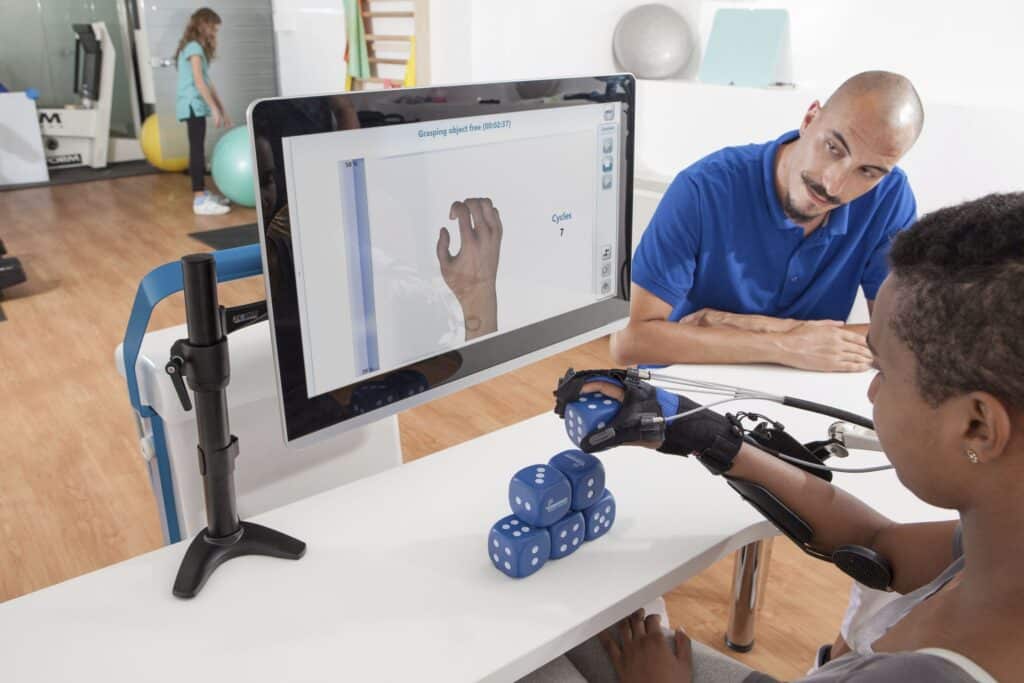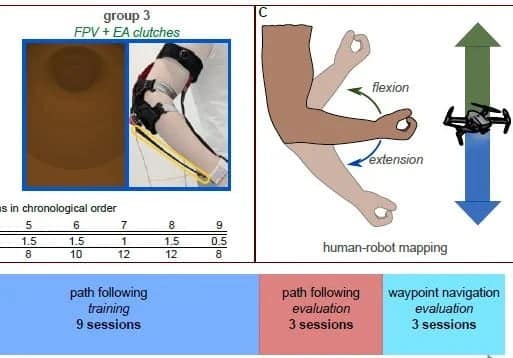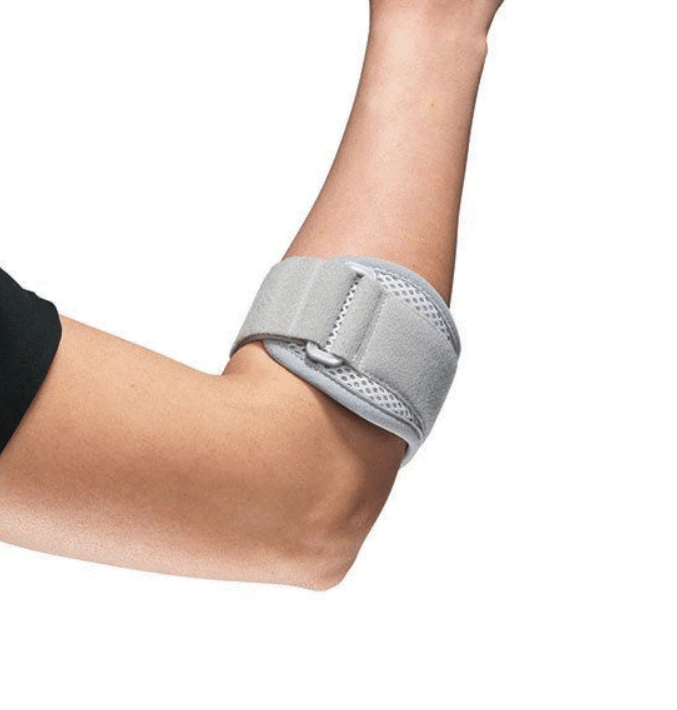Robotic teaching aids are increasingly used in the rehabilitation sectors and beyond.
Motor training via tactile feedback is very effective in rehabilitation tasks, also because it can be applied directly to the part of the body where corrective action is needed.
Recent research published on arXiv proposes a new haptic interface that does not just help, but teaches.
Smart Fabric that corrects movements
The device forces users to rely on feedback both to identify and correct your mistakes, which helps them (re) learn faster on their rehabilitation journey.
It consists of a soft programmable fabric elbow pad, and clutches that can quickly limit the wearer's joint movements. The object makes users aware of their mistakes and prevents them from repeating them.

People learn motor activities best when they are aware of their mistakes and make a concerted effort to correct them. Tactile interfaces can facilitate motor training, while the existing ones are often bulky and do not always guarantee the maintenance of skills.
Not only rehabilitation, also remote operations

During the experiments, the sleeve was used as a teaching aid for motor activities in drone teleoperation tasks. The interface increased training success to learn, retain and transfer motor skills from the operator to a remote drone.
In the experiment, users controlled the movement of a drone using the rotation of the elbow joint. Haptic feedback was used to limit elbow movement and make users aware of their mistakes.
Subjects who received tactile feedback from the tactile sleeve made 23.5% fewer errors than subjects in the control group during the evaluation phase.
Really interesting results, showing the full potential of fabric-based tactile interfaces. In the future, with an "intelligent shirt" we could perform the right movements and learn sooner to recover from an injury by speeding up rehabilitation, or to drive cars remotely.


